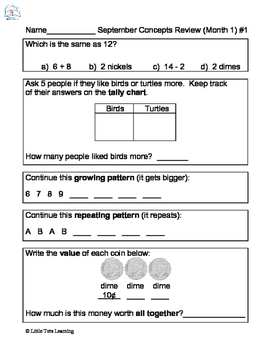
They can know the number sense that the problem 6+5 is one less than 6+6 and easily identify the answer of 11. Then, when that becomes a math fact they know by sight, they can look at the math problem 6+5 and recognize that the addend 5 is just one less than the doubles fact for 6. Once they’ve got those addition facts down pat, recognizing that the near doubles facts are just one off from the double makes learning a whole new set of numbers easy.įirst the student would memorize the near double of 6+6=12.

Kids can first memorize the doubles facts.

Adding Doubles and Near DoublesĪdding doubles is a math fact memorization technique. This is a particularly good path strategy for learning tricky addition facts that kids often struggle with, especially with adding the higher 6’s, 7’s, 8’s, and 9’s. You can see how learning just a handful of doubles facts builds a bigger repertoire of math facts. Near doubles facts depend on the doubles that the numbers are near. These are math fact tools that can help second graders add within 20. Students can easily recall that the double fact for 4+4=8 and by adding one more, they quickly know that 4+5=9. Near Doubles are those addends that are almost a double fact. These are addition facts that second graders need to know to add within 20. What is Doubles and Near Doubles in Second grade math?ĭoubles are the addends that are exactly the same. You might be thinking, “What!?” I have to admit, adding near doubles is a concept that I learned along with my oldest when she went through second grade. We explained this a bit, but let’s expand on these math definitions.


 0 kommentar(er)
0 kommentar(er)
